A well-balanced strength training plan incorporates both pull and push movements to ensure muscular symmetry, improve performance, and reduce injury risk. However, many gym-goers tend to focus more on pushing exercises, neglecting the critical benefits of pulling movements.
The Importance of Pulling Exercises
Pulling exercises, such as rows, pull-ups, and deadlifts, strengthen the posterior chain, including the upper back, lower back, and hamstrings. These muscles play a crucial role in posture, shoulder health, and overall strength balance. Incorporating more pulling movements can help counteract the dominance of pushing exercises, leading to better muscle coordination and injury prevention.
Benefits of Adding More Pulling Exercises
Improved Posture – Strengthening the back helps counteract the forward rounding caused by excessive pushing motions.
Enhanced Shoulder Stability – A strong upper back supports the shoulder joint, reducing the risk of impingements and instability.
Balanced Muscle Development – A well-rounded routine prevents muscular imbalances that could lead to poor biomechanics.
Common Injuries and Symptoms of Too Much Pushing
When an individual overemphasizes pushing exercises, they may experience:
Shoulder Pain and Impingement – Weak rear delts and upper back muscles fail to stabilize the shoulder joint properly.
Upper Crossed Syndrome – Excessive pushing tightens the chest and weakens the upper back, causing poor posture and neck pain.
Elbow and Wrist Strain – Overuse of pressing movements can lead to joint irritation and tendonitis.
Lower Back Discomfort – Neglecting posterior chain engagement may contribute to poor spinal alignment and lower back pain.
If you frequently experience these symptoms, reassessing your exercise balance is crucial to avoiding chronic issues and improving overall movement quality.
Example of a Balanced Strength Training Plan
A good rule of thumb is to program at least a 1:1 ratio of pulling to pushing movements, or even slightly favor pulling exercises.
Balanced Workout Split
Pull Day: Deadlifts, Pull-Ups, Bent-Over Rows, Face Pulls, Hamstring Curls
Push Day: Bench Press, Overhead Press, Dips, Triceps Extensions
Full-Body Day: Romanian Deadlifts, Push-Ups, Farmer’s Carries, Core Work
Focusing on movement balance can optimize strength gains, improve posture, and prevent overuse injuries. By ensuring equal emphasis on both pulling and pushing exercises, you can build a strong, resilient, and well-functioning body.
Final Thoughts
If you're experiencing discomfort or muscular imbalances, reworking your training plan to incorporate more pulling movements could be the key to better performance and pain-free workouts. If you need help assessing your movement patterns or addressing existing pain, book an appointment with Boulder Sports Chiropractic today!
